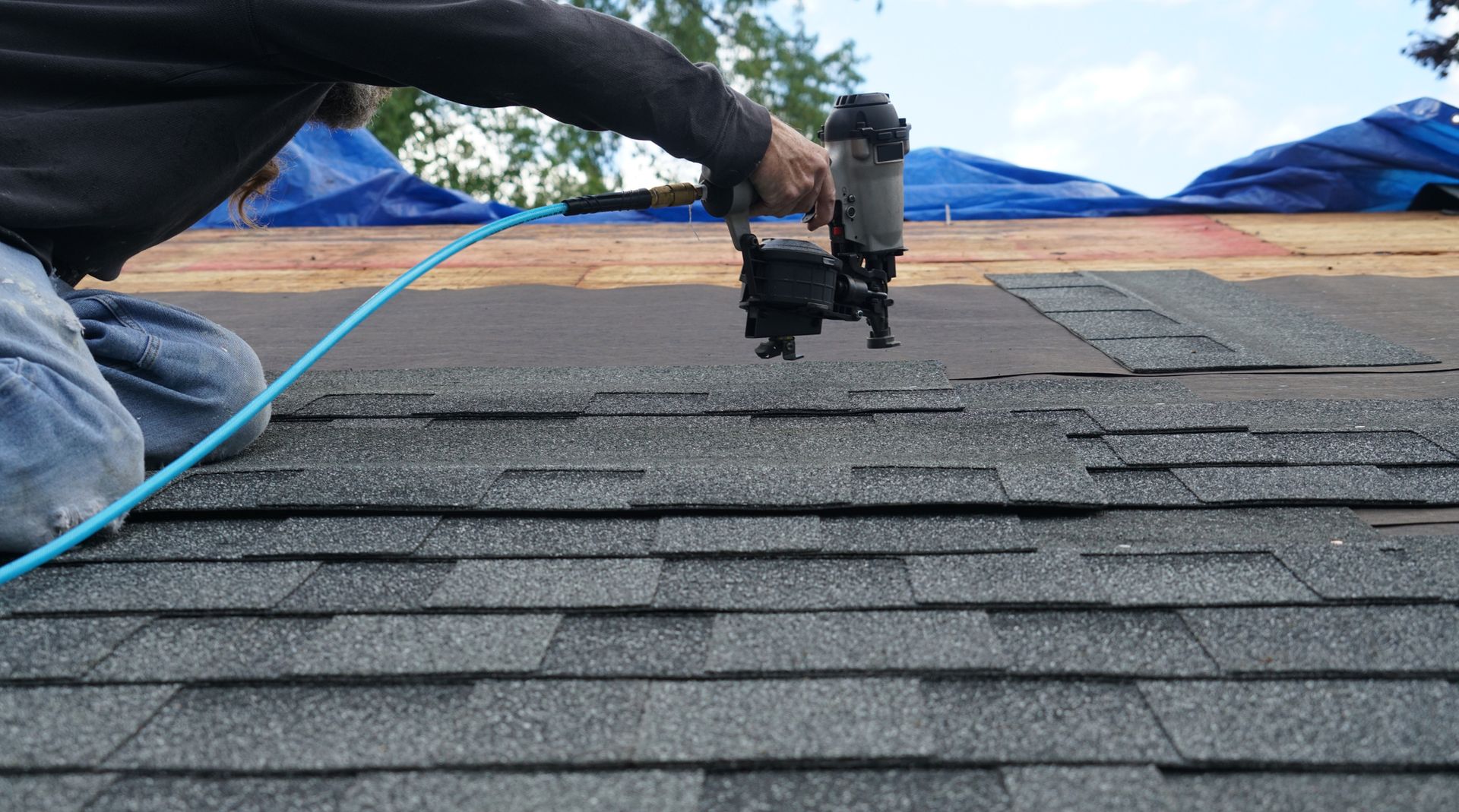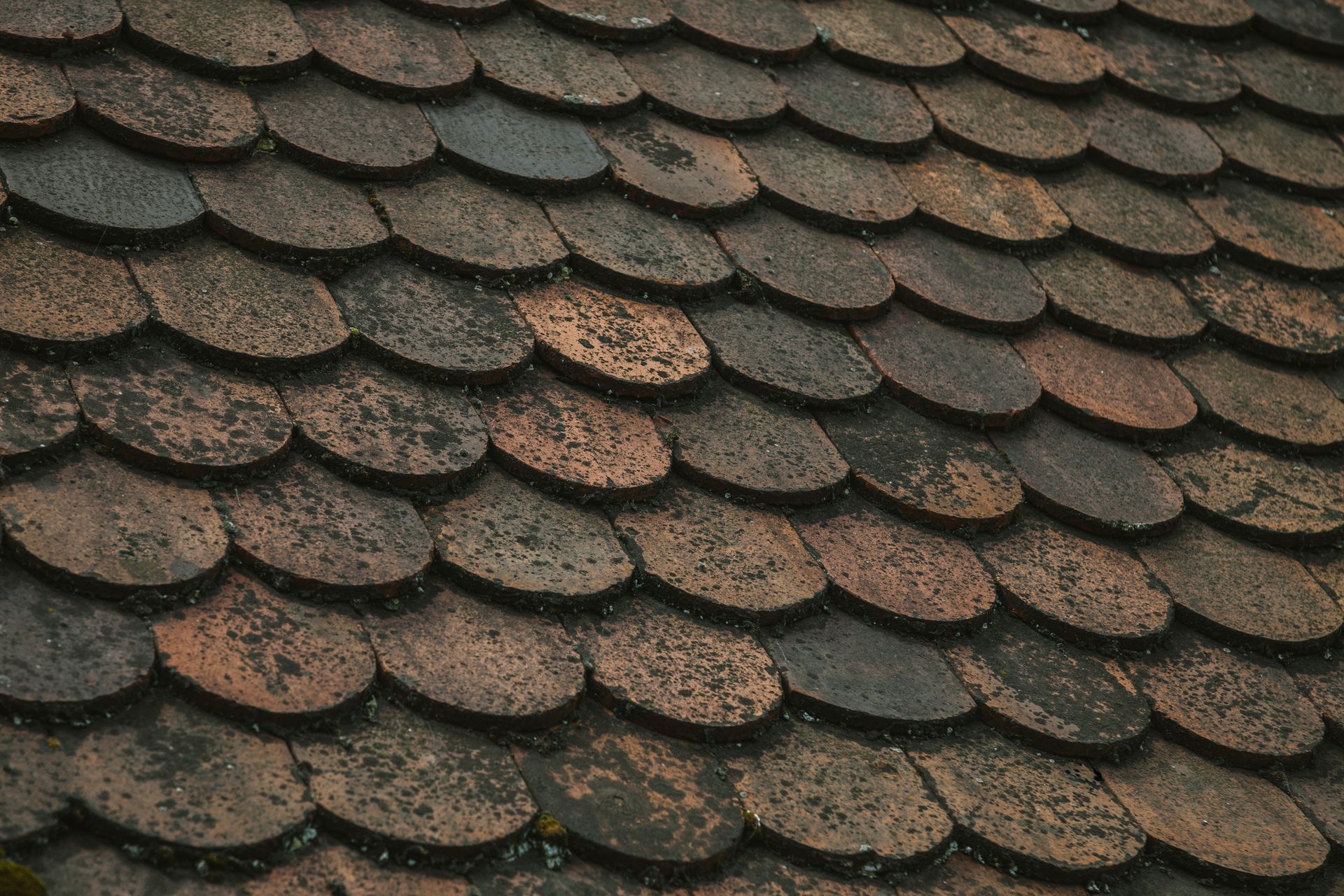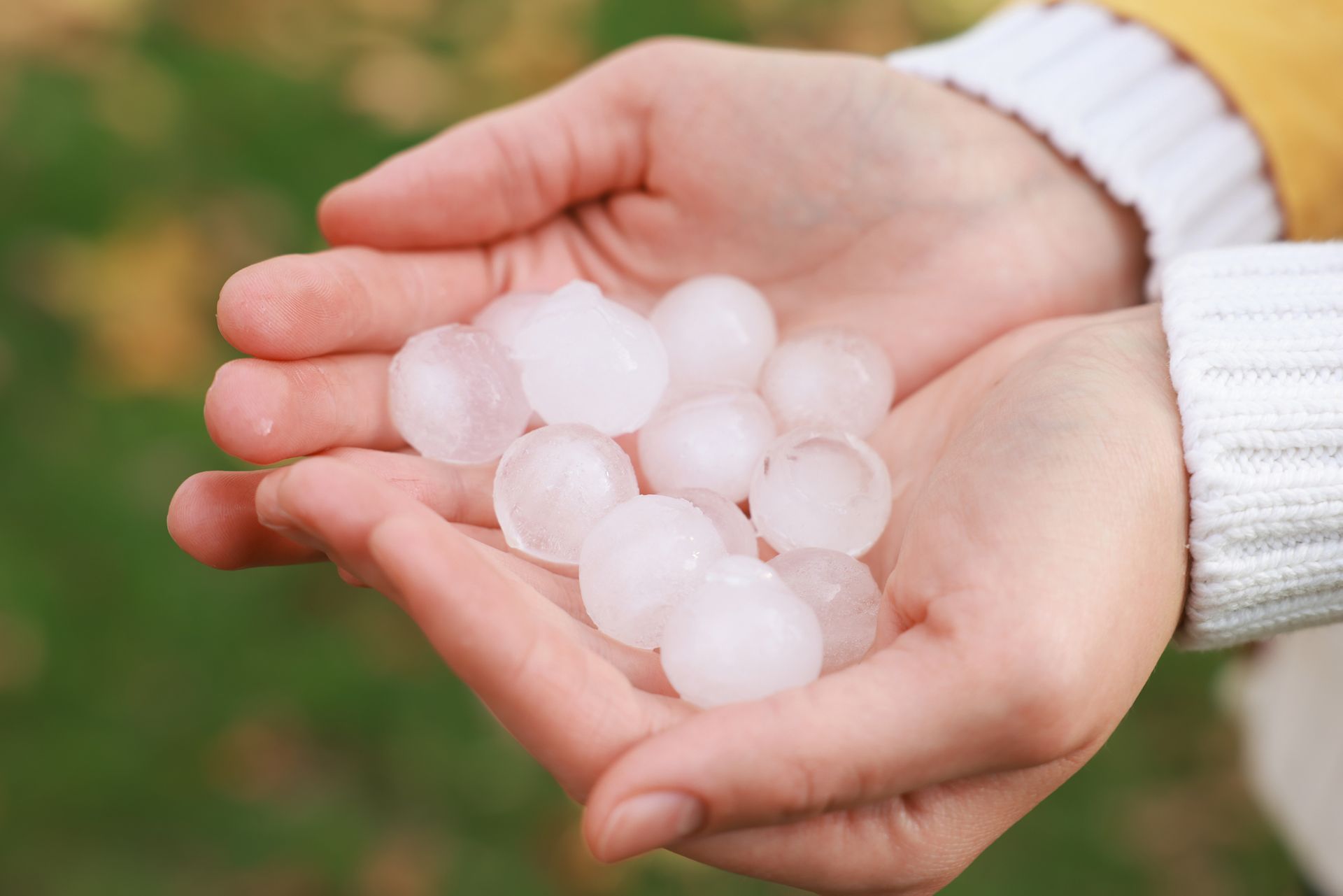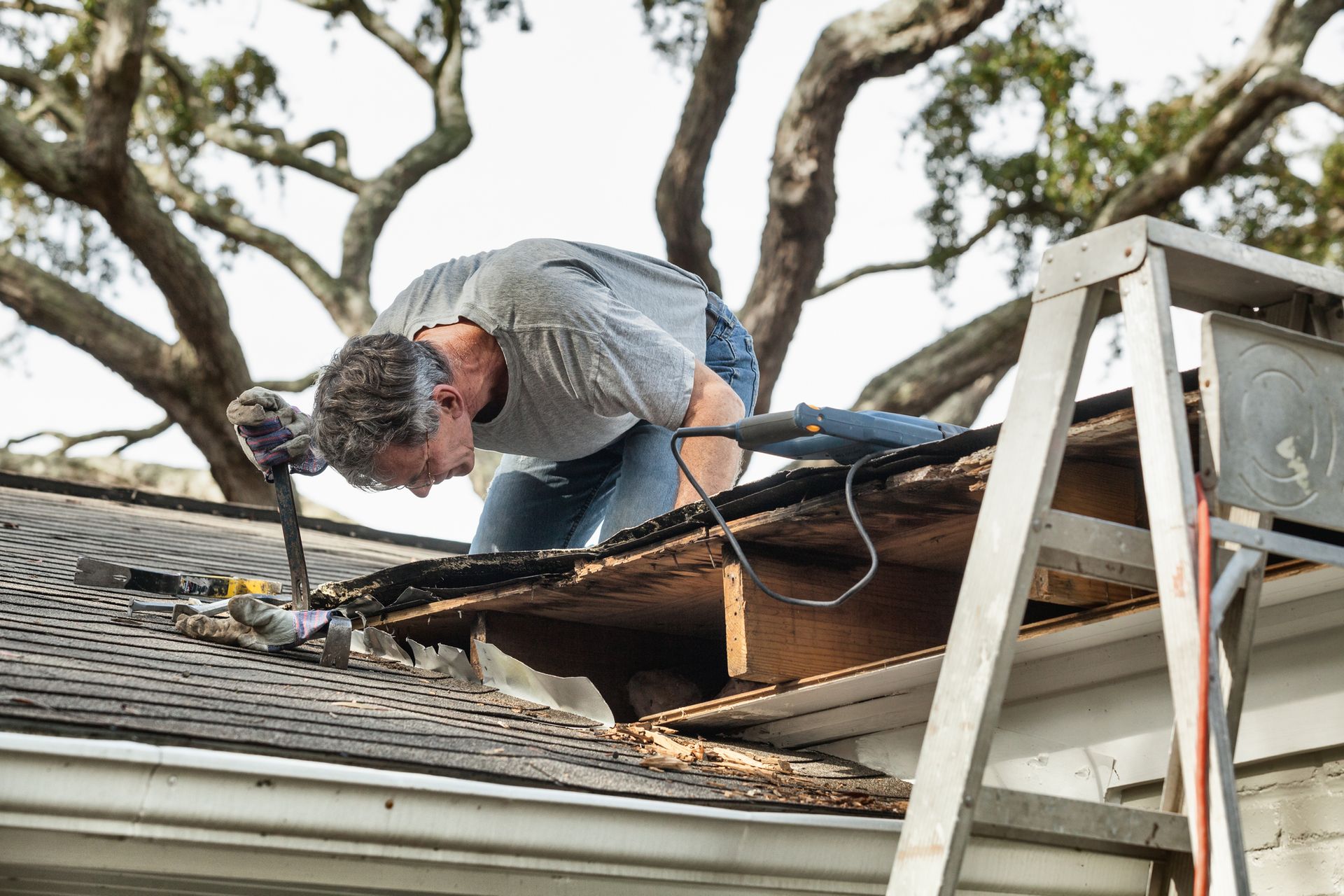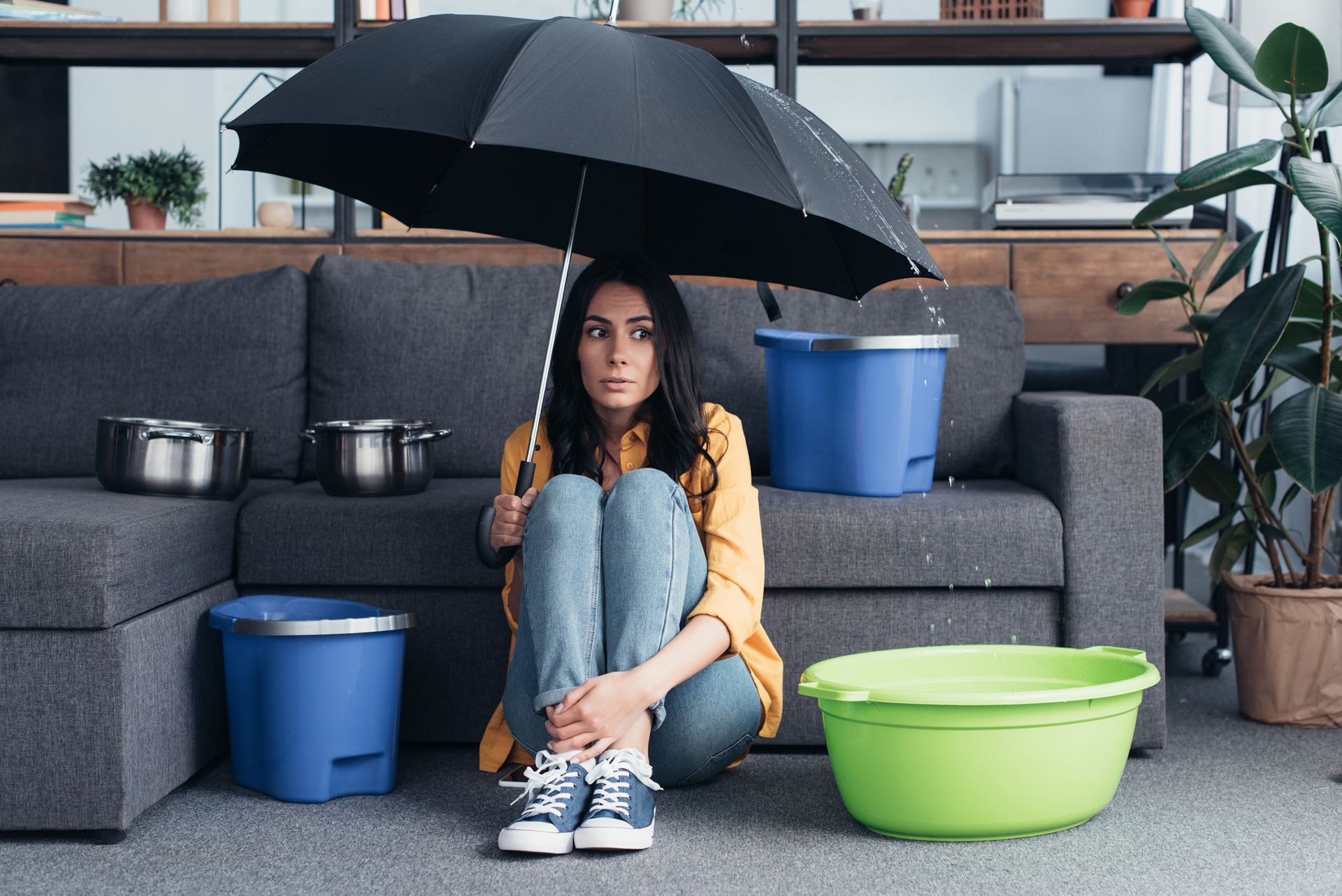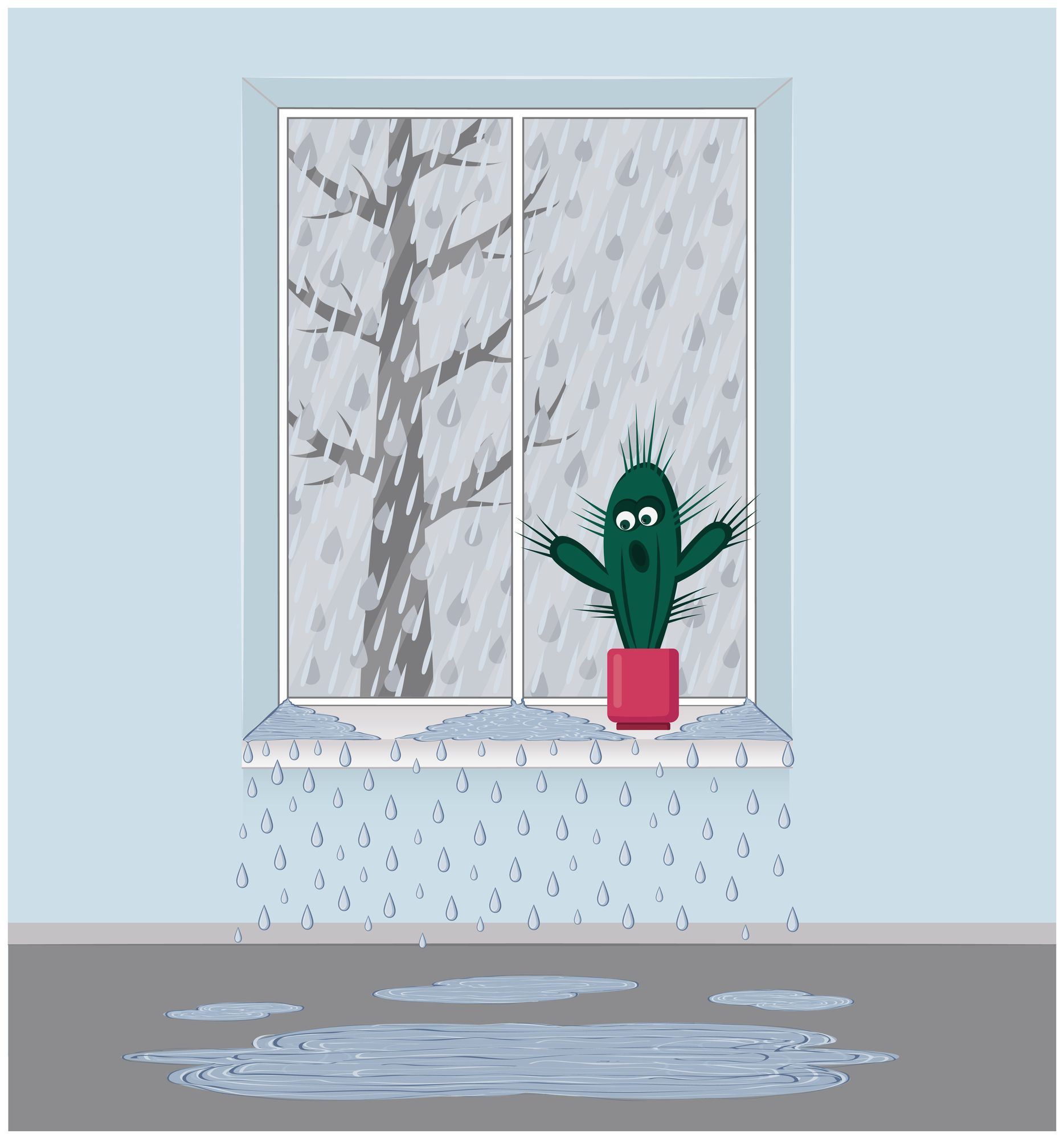Storm Damage Hidden in Plain Sight
Storm Damage Hidden in Plain Sight
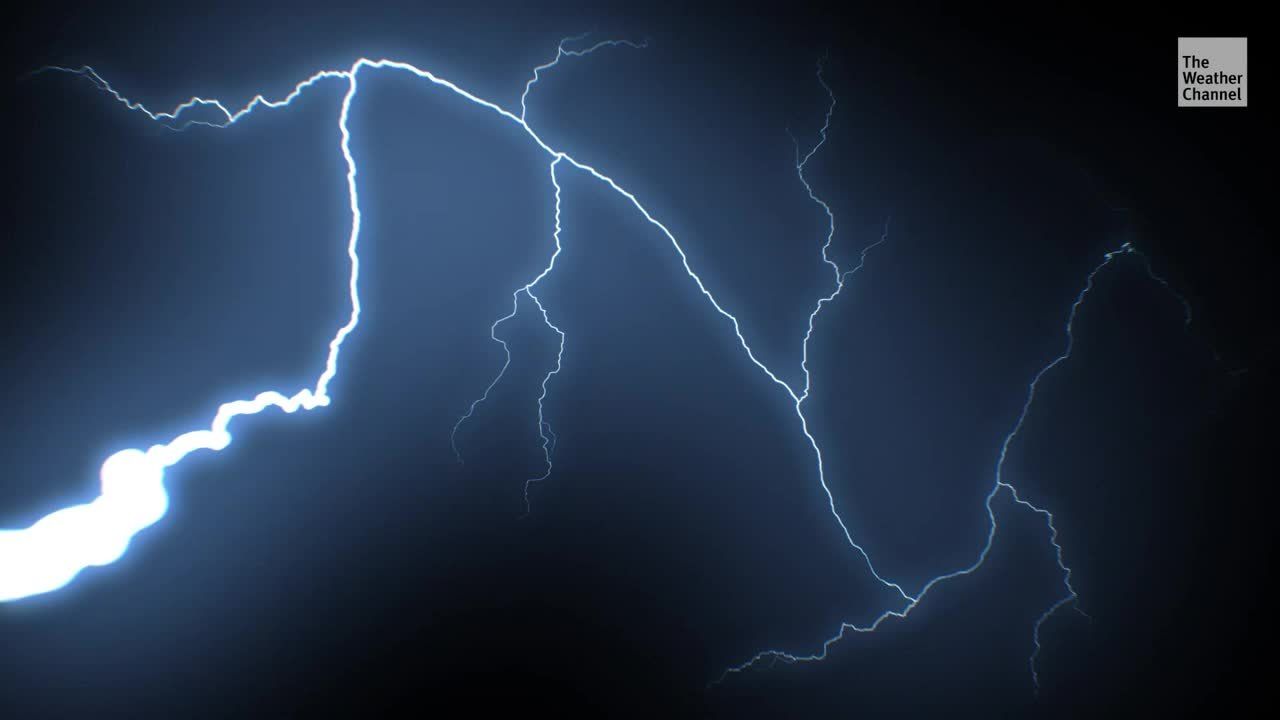
Storms and other natural catastrophes can result in a wide range of damage, ranging from water pollution to animal relocation, that is difficult to identify and repair. On the other hand, ignoring any of these might lead to serious issues and devastating effects. During a natural disaster, you must quickly identify and repair any concealed damage to safeguard your home and the safety of your loved ones.
Hidden Damage From a Storm
When assessing your home after a tragedy, it's easy to overlook little signals of concealed damage that might inspire you to act and avoid more serious problems. To immediately spot possible dangers and take appropriate action, you must be aware of the most usually missed types of damage and safety hazards.
Water Damage
Small leaks and mold development might go undetected until it's too late and your property is seriously damaged. When inspecting for storm damage, keep the following in mind:
- Any cracks or chips in the walls, roof, siding, stucco, fascia, window frames, screens, and other surfaces, no matter how little, can lead to water damage and leaking.
- If water gets into your home's crawl space, it can cause structural damage and mold growth if it isn't dealt with quickly.
- Mold may grow on wet building materials and damp household items over time.
Contamination
Floodwater may include agricultural and industrial waste, hazardous bacteria, sewage and septic tank feces, and a variety of other contaminants, posing a health risk to you and your family. As a result, any surfaces and objects in the home that have come into touch with floodwater must be thoroughly cleaned, and any potentially contaminated food must be removed. Mattresses, beds, rugs, plush animals, clothes, and other fabric objects that have been flooded should also be discarded.
Remember:
- Never let your children or pets play in floodwater!
- Just in case, boil your water before drinking it.
Electrical Hazards
Downed power lines and electrical equipment exposed to flood water pose a threat to you and your family. During a storm, keep a safe distance from downed power lines (which are highly dangerous and should always be considered as live) and turn off the electricity to your home. Until it is safe to switch on the electricity, use battery-powered lights and torches instead of candles. Before utilizing your property's electrical system, household appliances, and electrical gadgets again, have them checked and fixed by an expert.
Wildlife
Spiders, sandflies, mosquitoes, and other insects will flourish in the aftermath of storms, floods, and other natural disasters. Snakes, alligators, and other potentially deadly creatures may be displaced from their natural habitats and end up on your property. As a result, use additional vigilance in the aftermath of a disaster: do not leave your children or dogs unattended outside, wear long sleeves and pants, apply personal insect repellent, and keep an eye out for wildlife lurking amid the wreckage. If you come across a snake or any potentially harmful animal, back away gently and avoid approaching it. If you discover one in your house, contact your county's animal control agency and follow their recommendations.
If the damage is too serious or you're not sure if you'll be able to restore your property properly, call Roof Tarp and Board Up. We know how to keep you safe while also preventing more harm to your house swiftly and effectively. Furthermore, you won't have to worry about repair costs because most of them will be covered by your homeowner's insurance.



